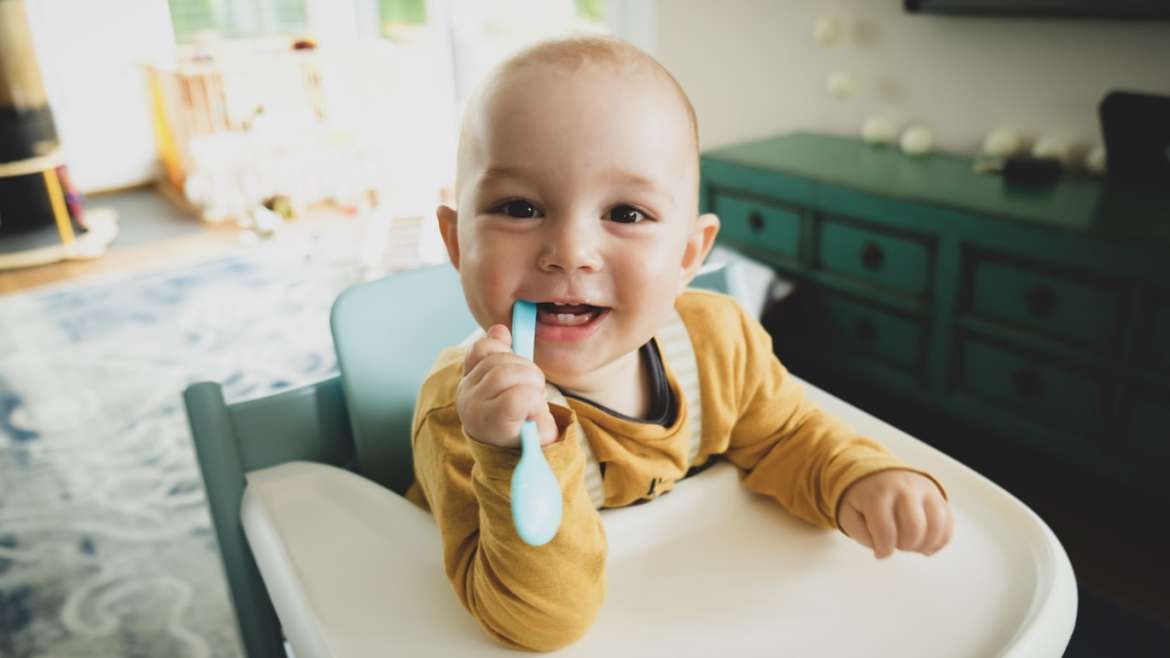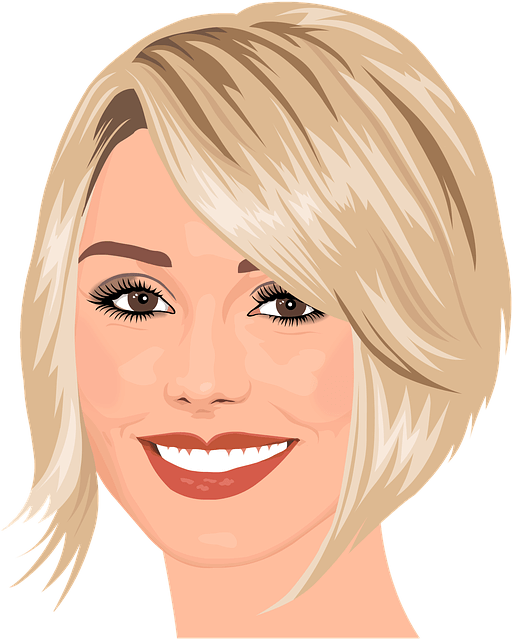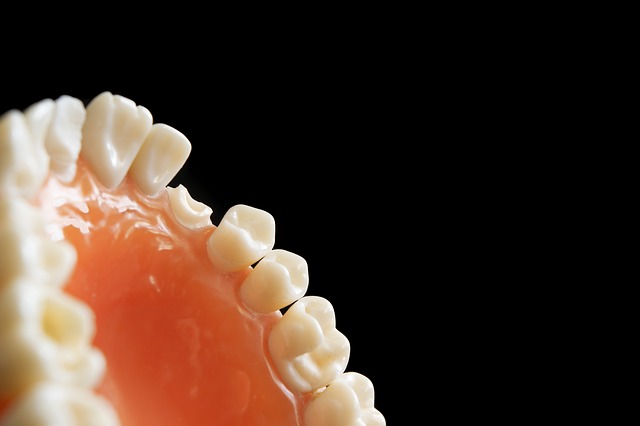Baby teeth are also called primary teeth or deciduous teeth. Teething is a process when a child’s baby tooth goes through the gums and becomes visible above the gum line. This process occurs when the child is just a little baby, and it continues through childhood and the teenage years. Baby teeth are smaller in size and whiter than the permanent (adult) teeth. By the time a child is 2 to 3 years old, all of the primary teeth should have erupted. When your baby starts the phase of tooth eruption, there will be certain signs and symptoms that you’ll notice. The signs and symptoms include:
- loss of appetite
- increased saliva production in the mouth
- baby will place objects or fingers in the mouth
- irritation of the mouth
- inflamed and tender gums
- difficulty eating and chewing
- minor bleeding when the tooth finally erupts through the gums
- crankiness or agitation in general
- interrupted sleep patterns or naptimes
- redness on the cheek where the tooth is erupting
Those are the typical symptoms and signs associated with baby teeth eruption. If you notice your baby running a fever, vomiting, or having diarrhoea, call your doctor as soon as possible. Also, if your child develops an earache or has signs of pain, he or she should be evaluated by your doctor to rule out infection.
Stages of tooth eruption are as follows
- upper and lower central incisors: 6 to 12 months of age (sometimes the upper central incisors erupt after the lowers)
- upper and lower lateral incisors: 7 to 16 months of age
- upper and lower cuspids (the canine teeth): 16 to 23 months of age
- upper and lower first molars: 13 to 19 months of age
- upper and lower second molars: 20 to 33 months of age
Kid’s permanent, adult teeth will begin to erupt around the age of 6. The following list details when adult teeth will erupt for most kids. Just like baby teeth, the eruption time varies from child to child.
- upper and lower central incisors: 6 to 8 years old
- upper and lower lateral incisors: 7 to 9 years old
- upper and lower cuspids (canine teeth): 9 to 12 years old (sometimes it takes longer for the upper cuspids to come in)
- upper and lower first bicuspids (premolars): 10 to 12 years old
- upper and lower second bicuspids (premolars): 10 to 12 years old
- upper and lower first molars: 6 to 7 years old
- upper and lower second molars: 11 to 13 years old
- upper and lower third molars (wisdom teeth): 17 to 21 years old
How do you relieve pain associated with erupting teeth?
These are some ways to alleviate pain until you get to meet a dentist
- Clean your finger and massage the gum in the area where the tooth will be erupting. This will help to ease the discomfort.
- Buy an anaesthetic gel on the advice of a dentist.
- Wet a clean cloth with cold water and let the baby suck and/or chew on it. Do this under adult supervision.
- Buy a teether for your child to bite on. They come in various shapes and sizes, including teething biscuits, rubber-like rings, and cool rings for teething. Do not buy one that is too small so your child does not choke. It is also a good idea to avoid using a teether filled with liquid; sometimes they can leak. Lastly, do not tie a teether around his or her neck since this poses a strangulation hazard.
- If your baby is constantly drooling, be sure to wipe the drool away frequently. The longer the drool stays on your baby’s face, the higher the chance he or she will develop a skin rash.




